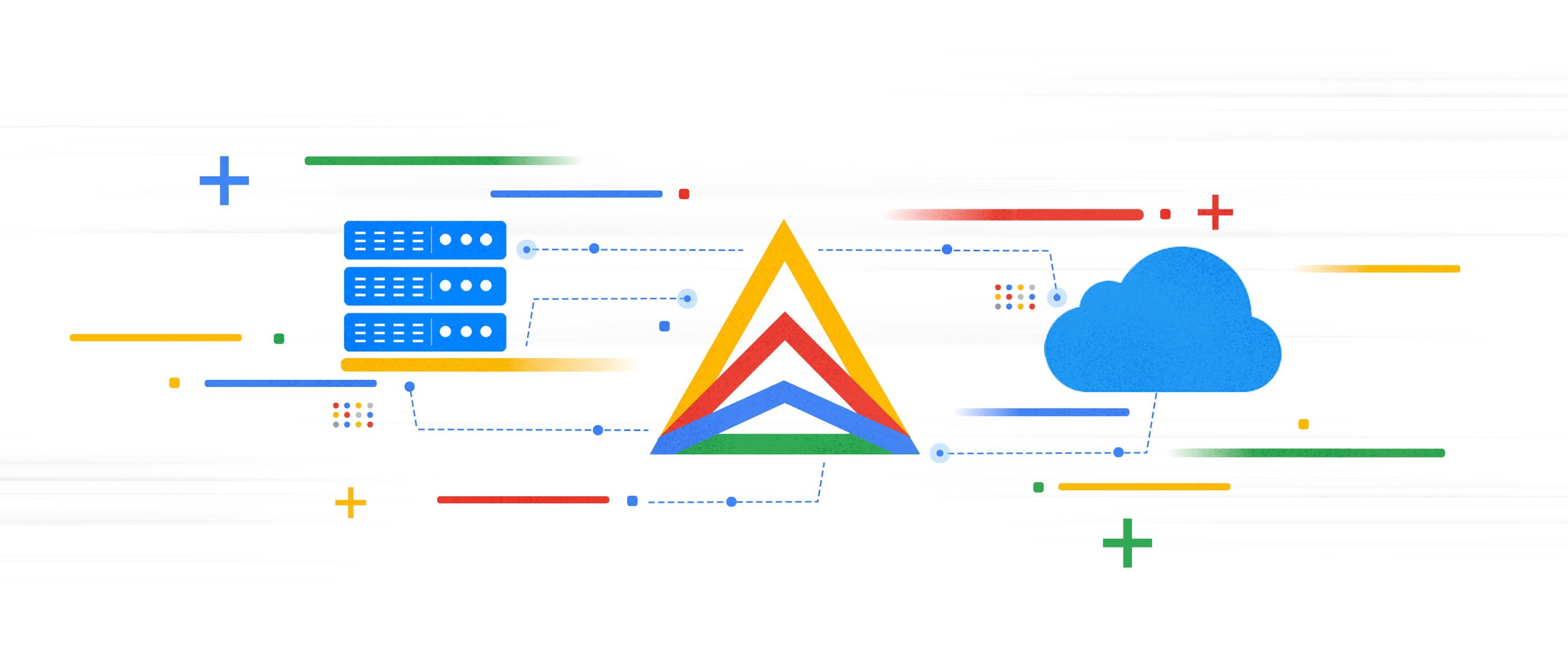Congrats, you bought Anthos! Now what?

Richard Seroter
Chief Evangelist, Google Cloud
What’s the first thing you do when you get something new? It depends, right? When I bought a new mobile phone, I jumped in to reload my favorite apps and explore the new features. After I got a kitchen remodeled, I looked around and wondered what to do next. Organize things? Cook something? Learn to cook something? Buying Anthos is more like the latter than the former—there are so many possibilities that it can be hard to know where to start. But once you have your new application platform in place, there are some things you can do to immediately get value and gain momentum. Here are six things to get you started.
1. Deliver a series of workshops for your teams
If you work in a platform team, part of your job is to enable and empower users of your platform. You can’t assume that if you build it, they will come. Rather, you need to invest heavily in helping internal teams understand when, and how, to use the platform.
To get your developers on track, you might start by sharing a link to the Anthos Developer Sandbox. Or take a step back and coordinate training seminars on topics such as containerization, Kubernetes, and Google Cloud. Check out the coursework we propose for Anthos and application modernization. And there’s terrific content for Google Cloud, Kubernetes, and distributed systems on platforms like Pluralsight and Coursera. Then go ahead and assemble a similar program for architects and system administrators. You can also encourage folks to apply to the exclusive Anthos Fellows program.
Just don’t be passive and leave it up to each individual or team to learn Anthos. Get engaged! Build a program and explain why you’ve chosen Anthos, and what fundamentals each team should learn to get the most out of it. In all of the above, your Google team is here to help you establish a plan. Our pre-sales and post-sales teams are ready and willing to help with workshops and co-design (and delivery!) of training.
2. Develop an operational runbook
This should have happened during the pilot phase, but just in case it didn’t, you need to make a concerted effort to document and exercise your common operational use cases. This might include provisioning user clusters, patching clusters, installing an upgrade, or creating a sandbox environment. Part of this documentation might even include your operational use cases from your traditional deployment platform, and translating that to Anthos operational motions.
Your Google Cloud team will happily collaborate with you on this work to ensure you’ve got a rock solid process for building and managing your Anthos clusters on-premises and in the public cloud of your choice.
3. Choose base policies to apply to user clusters
One of the most powerful (and underrated) parts of Anthos is its declarative configuration management and policy. As you create more and more distributed infrastructure, the only sensible way to keep it all under control is through centralized automation. With Anthos Config Management (ACM) you can create and deploy policies and configurations that apply to your clusters from a well-defined source of truth. Based on the OPA Gatekeeper open-source project, Anthos Config Management provides more than forty unique, built-in policies to keep your clusters safe. These policies cover things like AppArmor policies used by containers, restricting host file system access, privileged container restrictions, and more.
Apply base policies, create your own, and then confidently scale out your infrastructure without worrying about noncompliance. This is a great opportunity to work with security teams towards an improved, centralized security posture.
4. Connect Anthos to your app deployment pipelines
Make it easy for your teams to deploy to Anthos! Because Anthos exposes the standard Kubernetes API to your team, it’s straightforward to deploy your own container images or Helm charts, from the CI/CD tool of your choice.
Cloud Build is a powerful service for deploying your software, and with the new Connect gateway for Anthos, you can deploy to any Anthos connected cluster. Regardless of which CI/CD tool you prefer, make the effort to configure access for your teams, and offer up some sample pipelines that they can use to deploy their workloads.
5. Migrate a few workloads from your existing platforms
Speaking of workloads, as soon as you get Anthos in place it’s time to get something running on the platform.
First, migrate at least two applications from your legacy application platform, evaluating whether you can move these apps without refactoring them. Anthos adds the most value when it helps you replace existing platforms and consolidate your control plane across clouds.
Don’t stop there. We also offer the kf interface to make it easy to redirect any Cloud Foundry applications to Anthos. With rich support for the Cloud Foundry API, kf makes it possible to keep the dev experience you’re familiar with, while running on a modern, cloud-native stack.
Additionally, grab a handful of apps that currently live on virtual machines. With the powerful Migrate for Anthos functionality, you can yank those apps—Linux or Windows, stateful or stateless—from the current host, and run them in a denser, more agile environment.
6. Sketch out your roadmap for advanced features
I think it’s a mistake to gold-plate a platform before seeing how your team wants to take advantage of it. Give them a minimum viable platform, learn, and iterate.
Eventually though, you’ll want to figure out your more advanced implementation roadmap with the help of your developers and architects. Do devs want to hide more of Kubernetes and focus on their “inner loop”? Install Cloud Run for Anthos. Are they looking to strip network libraries from their code and focus on business logic? Configure Anthos Service Mesh. Maybe they want to bring together Windows and Linux workloads under one management layer? Deploy Windows-based node pools on GKE. Could your developers be exploring AI/ML in their applications? Deploy Hybrid AI components into your Anthos clusters.
When you adopt any application platform, you’re making an investment. An important one. Anthos is an investment in your organization. To ensure you’re building momentum as you start your journey, start with these steps listed above. Check out the recent blog post on Anthos 1.7 release, where we discuss new features that customers tell us will drive business agility and efficiency in the multicloud world. And don’t forget to work with your Google team to initiate an ongoing rhythm with the Anthos product management team. We’re here to help.


